Autonomous Mobile Robots
Data is displayed for academic year: 2023./2024.
Laboratory exercises
Course Description
Robots are rapidly evolving from stationary manipulators in factories to evermore complex systems capable of performing challenging tasks in our everyday environments. The objective of this course is to introduce fundamental concepts and algorithms required to develop autonomous mobile robots. Whether they are autonomous cars, mobile robots for logistic applications or service robots, they all have in common that the algorithms that are taught in this course, are a necessary requirement for autonomous operation in complex environments. In the beginning of the course we shall look into general considerations regarding autonomous mobile robots: basic terms, definitions, classifications, historical development, applications and examples of mobile robots.
Since sensors are indispensable for autonomy, we shall learn how to process and interpret proprioceptive and perception sensor data. We shall also look into multiple sensor information fusion in order to improve quality and robustness of robot navigation, as well as control and navigation system structures. In the end we shall analyze methods and algorithms for navigation and obstacle avoidance, unknown space exploration, simultaneous localization and mapping (SLAM), and path planning for mobile robots.
Study Programmes
University graduate
[FER3-EN] Control Systems and Robotics - profile
(3. semester)
Learning Outcomes
- classify mobile robots according to various criteria
- analyze driving mehanisms and sensor system sutable for intended application
- develop sensor fusion algorithms
- develop motion planning algorithms
- develop motion of mobile robots localization
- develop algorithms of environment 2D map building
Forms of Teaching
Lectures
Lectures will be interactive where students will follow the lecturer step-by-step in solving simple examples.
LaboratoryIn laboratory exercises students will solve more complex examples from the materials covered by lectures.
Grading Method
| Continuous Assessment | Exam | |||||
|---|---|---|---|---|---|---|
| Type | Threshold | Percent of Grade | Threshold | Percent of Grade | ||
| Laboratory Exercises | 50 % | 30 % | 50 % | 30 % | ||
| Mid Term Exam: Written | 50 % | 30 % | 0 % | |||
| Final Exam: Written | 50 % | 30 % | ||||
| Final Exam: Oral | 10 % | |||||
| Exam: Written | 50 % | 60 % | ||||
Week by Week Schedule
- Kinematic models and constraints
- Kinematic models and constraints
- Maneuverability, Motion control
- Maneuverability, Motion control
- Decomposition strategies, Map building
- Decomposition strategies, Map building
- Kalman filter localization, Triangulation
- Midterm exam
- Kalman filter based SLAM, Bayesian filter based SLAM
- Kalman filter based SLAM, Bayesian filter based SLAM
- Path planning
- Path planning
- Obstacle avoidance, Navigation
- Navigation
- Final exam
Literature
(.), Roland Siegwart, Illah Nourbakhsh and Davide Scaramuzza (2011.), Introduction to Autonomous Mobile Robots, The MIT Press,
(.), Dieter Fox, Sebastian Thrun, and Wolfram Burgard (2005.), Probabilistic Robotics, The MIT Press,
(.), Gregory Dudek and Michael Jenkin (2000.), Computational Principles of Mobile Robots, Cambridge University Press,
For students
General
ID 222999
Winter semester
5 ECTS
L1 English Level
L3 e-Learning
45 Lectures
0 Seminar
0 Exercises
12 Laboratory exercises
0 Project laboratory
0 Physical education excercises
Grading System
87,5 Excellent
75 Very Good
62,5 Good
50 Sufficient


 Pristupačnost
Pristupačnost

